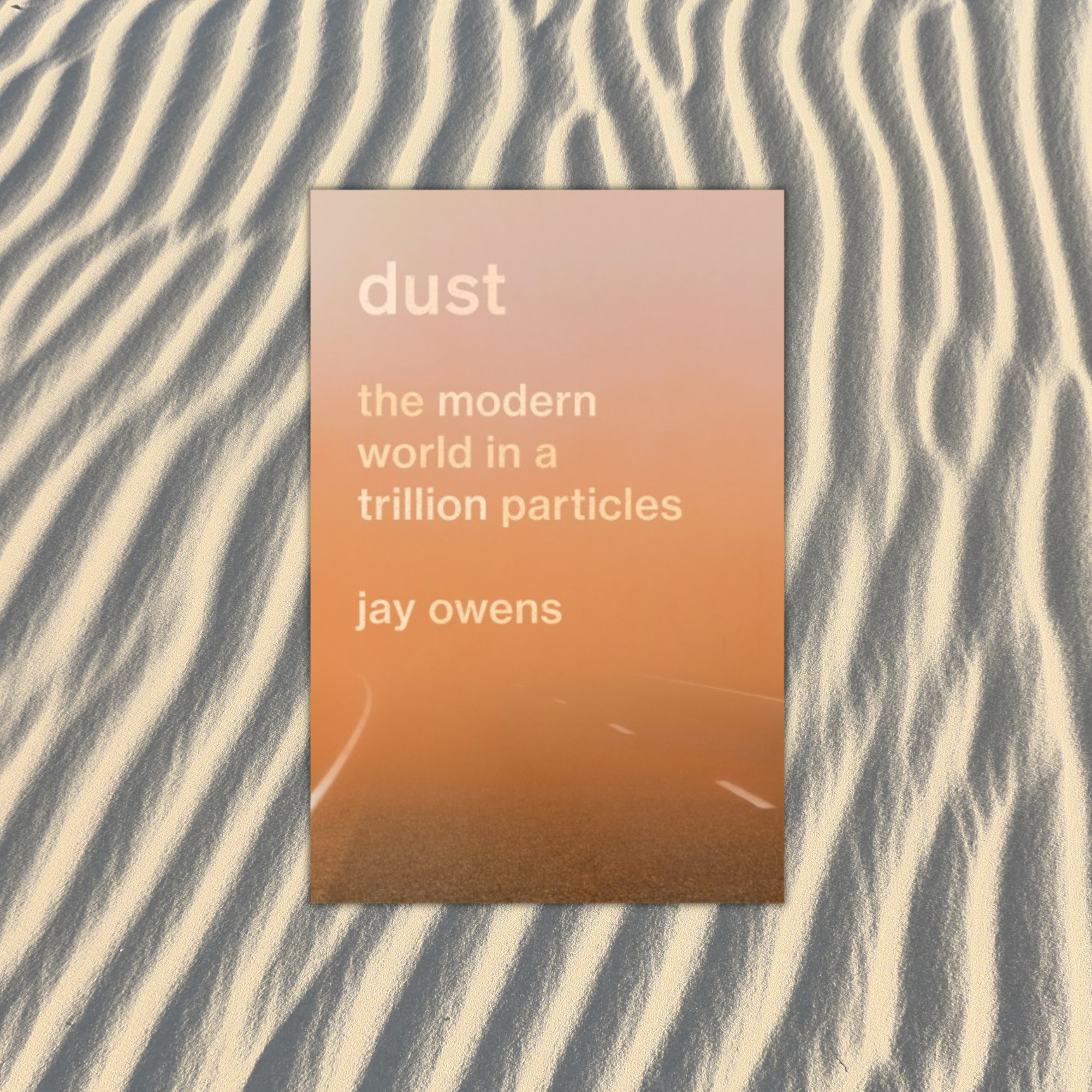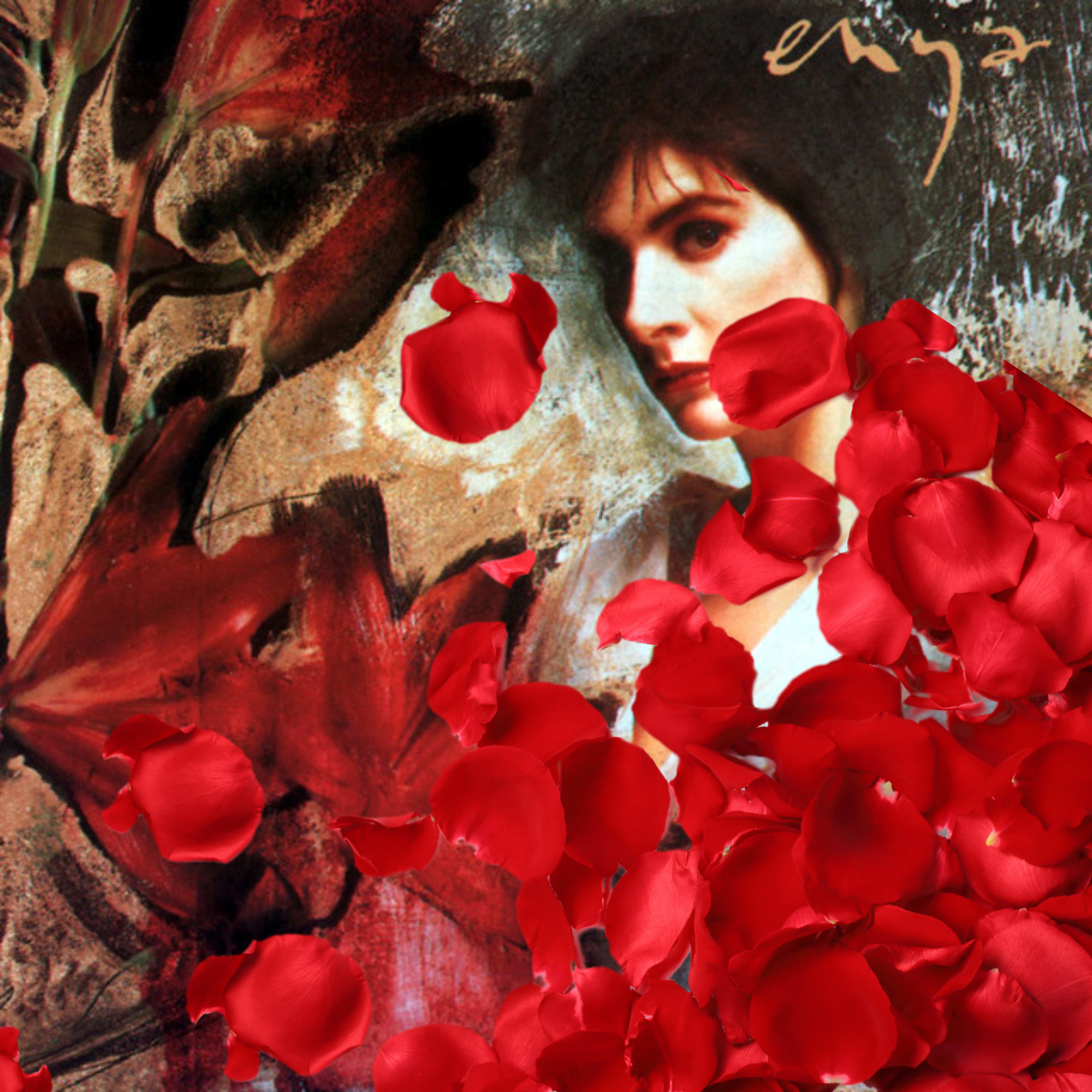Ashley Bardhan on our centuries-old obsession with frequency.
My face is getting hot. I touch my forehead—no, it's not a fever. But I'm an ice cube weeping under my sweater, so I follow protocol, and I consult Father Google: "low vibration."
The phrase is burning up TikTok (the #lowvibration tag has a combined 66.8 million views) and the rest of the internet (search interest peaked in 2022). Now, there are about 247,000,000 possible diagnoses, Google tells me, and the most popular involve the sort of spiritual dullness I suspect within myself. This definition of "low vibration" is a bathtub for personality flaws, holding the contradictions of feeling both lethargic and anxious, adversarial and embarrassingly sheepish. After skimming the top-result WikiHow article, I deduce that my love of fat cheeseburgers might be making me low vibration. I'm fond of seed oils, and I don't want to think of this as a problem. But I'm feeling pressured to leave my room right away and take on more sun-kissed, radiant high vibrations.
The idea is older than lizard skin, because it comes from scientific truth. Every physical object in the universe has a natural resonant frequency, and in certain cases, as German physicist Max Planck discovered of photons in 1900, high frequency correlates to high energy.
For longer than they have had the math to prove it, people have associated vibrations with the light of the human spirit. The ancient divination text I Ching (translated as Book of Changes), suggests that, just as "musical instruments [...] vibrate in response to each other," "people of the same disposition seek each other out." Later, throughout the 20th century, various social-religious movements turned body-agnostic ideas like this into tangible, clearcut doctrines.
"When a sudden wave of some emotion sweeps over a man," Theosophical Society members Annie Besant and C.W. Leadbeater write in their 1905 book Thought Forms, he's quickly overtaken by the "vibration of that particular emotion." It could look like a "dirty brown" lightning cloud in the case of "concentrated wrath," or, if he's feeling "frenzied palpitation," his trembling thought clouds will form a peacock feather plume of blue. The Kybalion, a Hermetic manual published in 1908, contains an entire chapter dedicated to vibration, in which its anonymous writer impresses that "the higher the vibration, the higher the position in the scale."
"And at the other end of the scale," they continue, "there are gross forms of matter whose vibrations are so low as to seem at rest."
|  | Sep 18, 2023 |
|
|  | Nov 14, 2023 |
|
|  | Dec 20, 2023 |
|
|  | Dec 26, 2023 |
|
|  | Aug 1, 2022 |
|
|  | Feb 15, 2024 |
|







